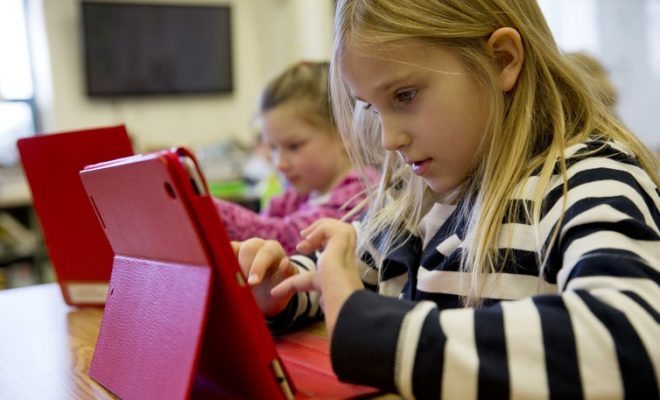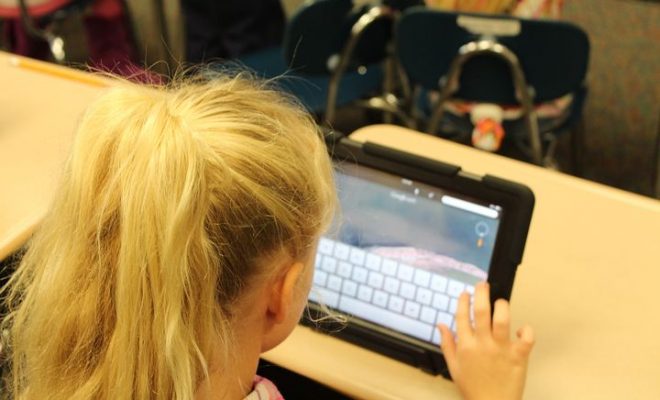How to Turn Your Classroom into an Ecosystem of Innovation

Are you ready to help your students explode with creativity and fresh ideas? Switching up the structure and organization of your classroom could be your ticket to nurturing learners who value innovation. Education technology provides educators with all of the tools they need to make this shift possible. All it requires is a little planning and a desire to deviate from the traditional pathways that have long defined academia in the classroom.
If you’re ready to turn your classroom into an ecosystem of innovation, here are the first steps you need to take to make your dream into a reality.
Provide space for creativity.
Students will never learn to innovate if they feel trapped by rote work and strict constraints on their time. Teachers must be willing to part with a tight schedule in favor of some loosely structured time that allows students a chance to try new things. You can still set the tone of their creativity by putting parameters in place that relate to your curriculum. However, you need to step back and allow them to practice their skills for a while.
Give them more than one outlet.
Some of your students might be master builders while others are more likely to take refuge behind a computer screen. There are no right or wrong ways to come up with fresh ideas. Educators need to make sure that students have multiple platforms to work on while they figure out what works best for them. This is a personal growth project for your students, even though they are learning an essential skill at the same time.
Organize a hackathon.
A hackathon has the potential to jumpstart innovation in the classroom. A school-wide hackathon is an even better option, but a smaller scale version can be just as effective. Spend a day giving children the tools they need to create a solution for a made-up problem. Let them create in whatever way works best for them. Younger children might build a solution from blocks, representing a robot that could be engineered. Older kids might be more tech-savvy and begin creating an app that would solve a global issue.
The feasibility of each creation isn’t the primary objective of your hackathon. Instead, you should be encouraged to see children trying new things, working together, and putting their skills to good use.
Make lessons available at home.
Teachers could make their lessons available to students at home through document sharing and video creation. When students can review the information at home, they come to class prepared to practice it. This gives you more time to answer questions and allow your students freedom to apply the knowledge in real-world ways during class time. According to one study, students are more likely to ask thoughtful questions and lead discussions with this teaching method.
Creating an innovative classroom atmosphere is necessary as students move into an increasingly digital age. Most educators agree that innovation is an important concept that students must learn for real-world success. Unfortunately, this is also a skill that seems to be elusive in the traditional classroom setting. With a few of these tips, you can foster more innovation in your classroom this week.





